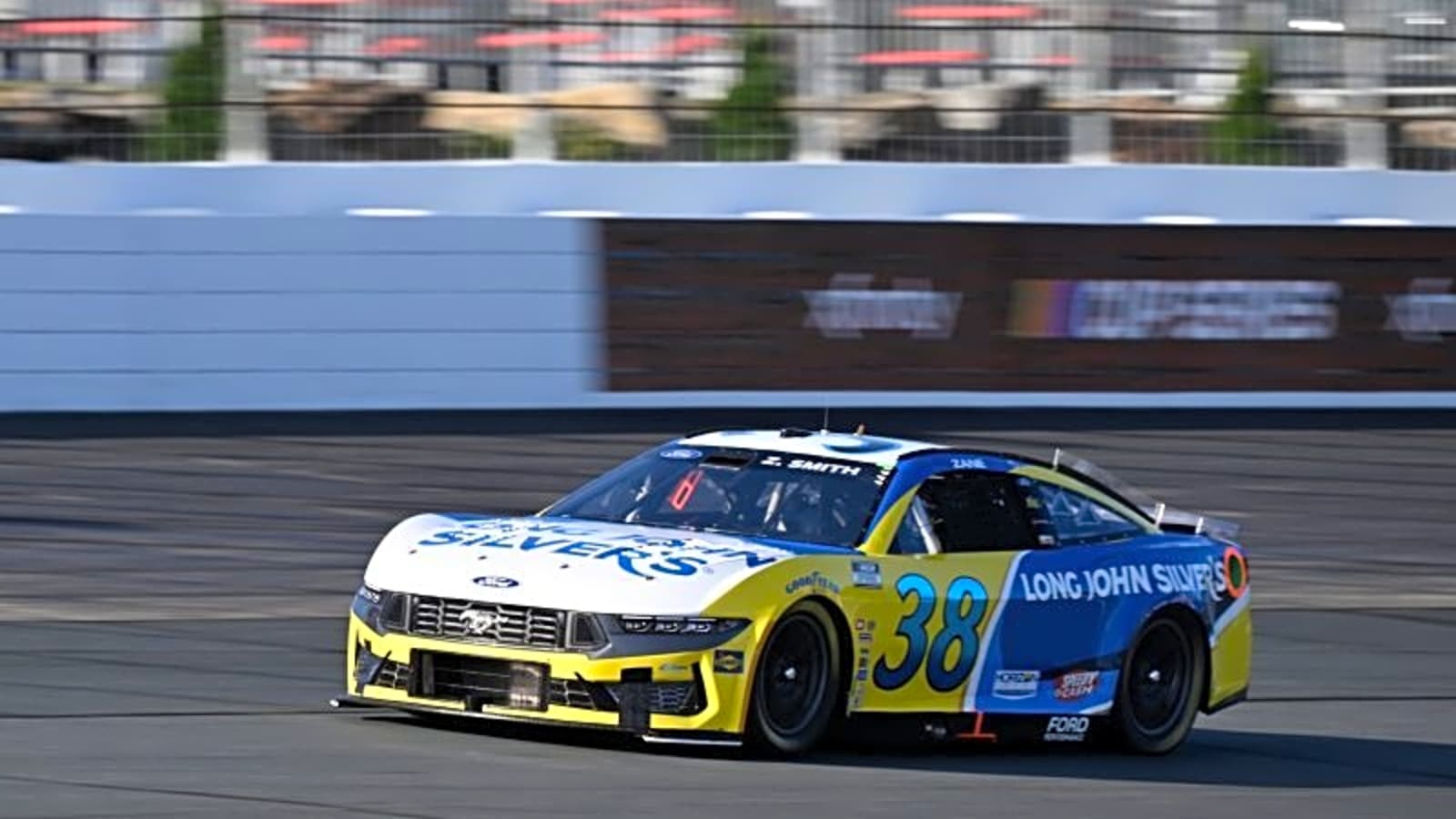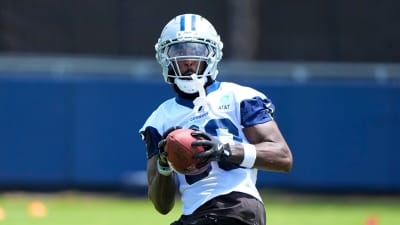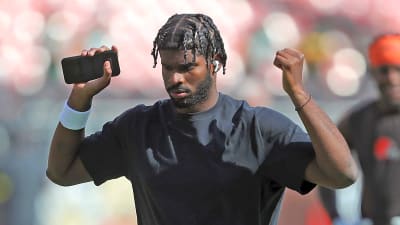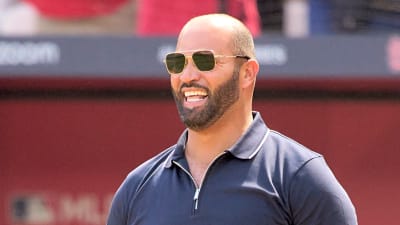
It’s one of those moments that makes your heart jump into your throat. You’re watching the race, and everything is a blur of speed and color, and then, in an instant, it all goes wrong. That’s what we saw at Kansas Speedway when Zane Smith’s No. 71 Spire Motorsports Chevrolet went for one of the wildest rides of the season. A nudge from Bubba Wallace sent Smith spinning into the infield grass, which was still slick from recent rains.
The car dug in, and then it was just a chaotic mess of metal, sky, and turf as the machine flipped over and over. The collective gasp from the crowd was audible. The sight of a car tumbling like that is a visceral reminder of the raw danger these drivers face every single time they strap in.
For a few terrifying seconds, all that mattered was the man inside that car. But then, the radio crackled with Smith’s voice, a calm, “I’m good,” and a wave of relief washed over everyone. He climbed out under his own power, a testament not just to his own grit but to the incredible engineering that goes into these race cars.
Smith and the Next Gen Car’s Safety Features
After a wreck that violent, the first question is always about the driver. The second is about the car. When Smith’s car finally came to rest, it was a mangled heap, but the driver’s compartment, the safety cell, was intact. That’s not by accident. That’s by design.NASCAR’s Senior Vice President of Competition, Elton Sawyer, confirmed what our eyes told us.
“First and foremost, great to see Zane get out of the car,” he said. That’s always the bottom line. Sawyer explained that, despite all the criticism it has faced, the Next Gen car performed exactly as it was meant to in that critical moment. “The car did everything it was designed to do.”
The roll bars held up, the chassis absorbed the impact, and the safety systems inside the cockpit protected Smith from the worst of the forces. It’s a gut-wrenching thing to watch, but seeing Smith walk away is the best possible advertisement for the relentless pursuit of safety that defines modern NASCAR.
What Happens After a Wreck Like Smith’s?
For Smith, the day was over. But for NASCAR, the work was just beginning. Sawyer detailed the meticulous process that follows any major incident. The car is impounded and taken back to the R&D Center in Concord, North Carolina. There, a team of engineers will dissect it piece by piece. They’ll look at the data from the onboard recorders, analyze the structural damage, and cross-reference it with the video footage.
Every dent, every broken part, every scuff mark tells a story. The goal is simple: learn. Learn what worked, what could be improved, and how to make the next car even safer. It’s a process born from tragedy and driven by a promise to the drivers and their families that the sport will never stop trying to protect them. This isn’t just about Smith, but about every driver who will ever race again.
Final Thoughts
It’s a stark reminder that racing is a science as much as it is a sport. The passion and the raw emotion we see on the track are built on a foundation of data, engineering, and an unyielding commitment to safety. Seeing Zane Smith walk away from that wreck wasn’t just a relief; it was proof that the system, though always evolving, is working. And for that, we can all be thankful.
More must-reads:
- Veteran wideout announces retirement from NFL
- Jerry Jones addresses Taylor Swift possibly attending Chiefs-Cowboys game
- The 'MLB playoffs all-time hit leaders' quiz
Breaking News
Trending News
Customize Your Newsletter
 +
+
Get the latest news and rumors, customized to your favorite sports and teams. Emailed daily. Always free!








